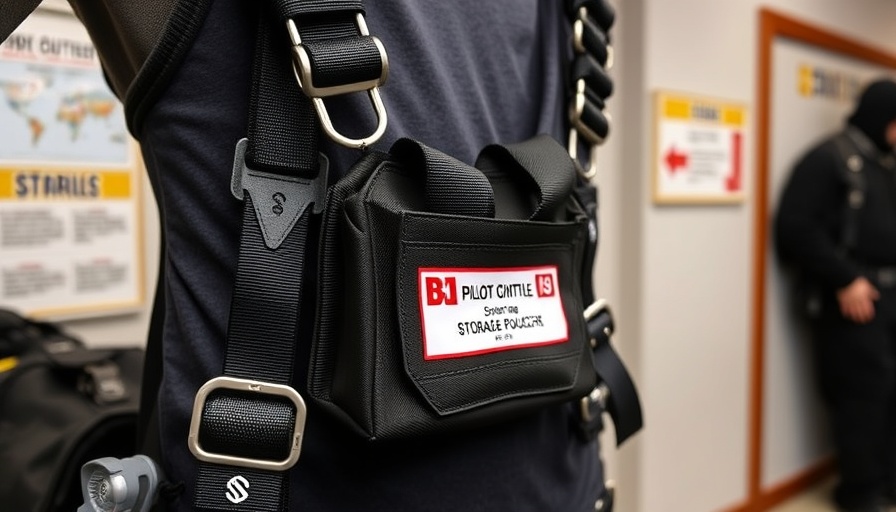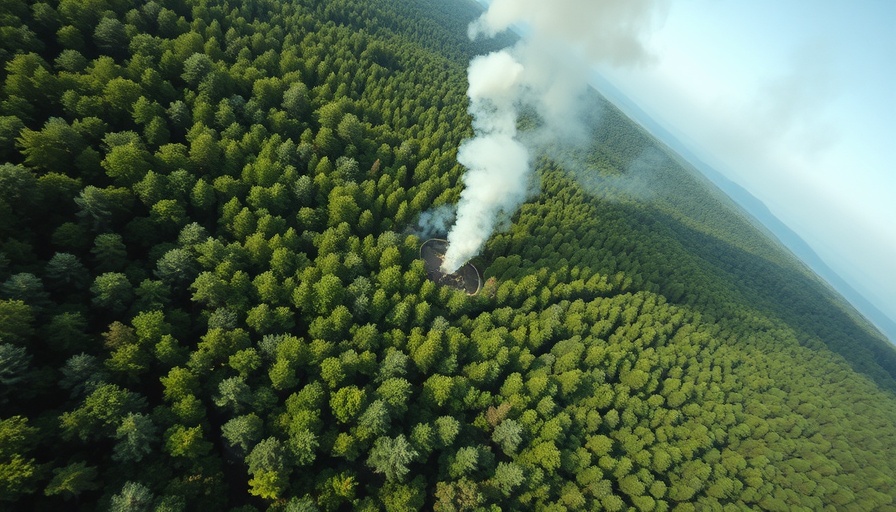
Skydiving Incident: A Closer Look at Safety Protocols
On August 1, 2024, a skydiving event organized by École de Parachutisme Sportif de Vannes Bretagne led to a significant in-flight incident involving the deployment of a skydiver's parachute while still in the aircraft. The aircraft, a Cessna 208 Caravan designated for skydiving, had a configuration accommodating up to 15 skydivers, illustrating the intense excitement and rigorous protocols inherent in parachuting sports.
The Crucial Role of Equipment Inspections
With every jump attempted from the Cessna, safety protocols are paramount. Just four months prior to the incident, all parachutes were inspected and deemed safe for use, with specific attention given to the reserve parachute's packing and validation. These checks are vital, as malfunctioning equipment can have catastrophic consequences. The incident sheds light on the need for rigorous inspection regimes not just for parachutes but for all equipment used in such high-risk operations.
Understanding the Risk Factors
While skydiving offers thrilling experiences, it is inherently risky. The configuration of the Cessna included provisions for altitudes of up to 4,000 meters (over 13,000 feet), where the risks of an in-air mishap increase considerably. The design of the aircraft and its safety features are engineered for extreme conditions, yet human error and unexpected mechanical failures can lead to unforeseen events. As seen in this incident, deployments can occur earlier than intended, resulting in potentially hazardous situations.
Crew and Skydiver Dynamics: Responsibilities at a Glance
In this case, the instructor held a crucial role, ensuring that all skydivers conducted their equipment checks prior to the jump. With a commercial license in hand and around 5,500 hours of flight experience, the instructor's qualifications suggested a strong emphasis on safety. However, incidents can occur even in the most proficient environments. Continuous education and training for instructors and divers alike help mitigate risks, highlighting the ongoing development of safety practices in parachuting sports.
What This Means for Future Skydiving Protocols
This event may prompt a reevaluation of standard operational procedures among skydiving centers worldwide. By analyzing past incidents, future guidelines can be improved, emphasizing equipment sustainability and proper training. The evolution of industry practices relies heavily on these lessons learned, making safety a priority in every aspect of skydiving.
For those interested in skydiving or actively participating in the sport, understanding these protocols and the risks involved is essential. Knowledge of safety measures enhances one’s ability to make informed decisions about their engagements in high-flying experiences. Moreover, engaging in community discussions surrounding safety can also promote accountability among skydiving centers.
 Add Row
Add Row  Add
Add 




Write A Comment